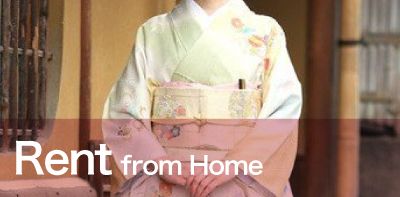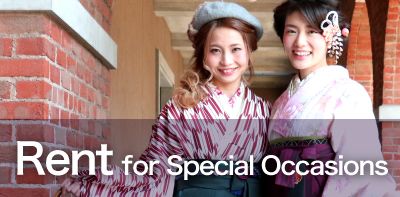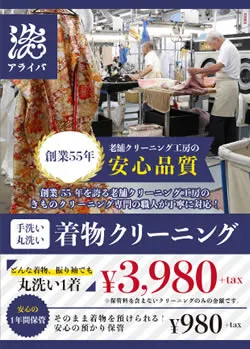Japanese kimono history
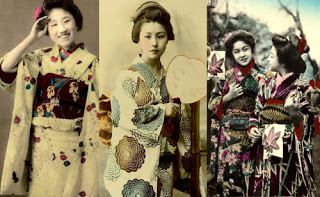
Originally, “kimono” is a Japanese word which actually means a “thing to wear” (ki “wear” and mono “thing”), has come to denote these full-length robes. But in recent years, it is particularly used to describe a type of traditional dress of Japan. Kimono that we know today came into being during the Heian Period (794-1192). Japanese Kimono is always used in important festival or formal moments, it is the representative of polite and a very formal clothing.

Over time, as the practice of wearing kimonos in layers came into fashion, Japanese people began paying attention to how kimonos of different colors looked together, and they developed a heightened sensitivity to color. Typically, color combinations represented either seasonal colors or the political class to which one belonged. It was during this time that what we now think of as traditional Japanese color combinations developed.

The formal Japanese kimono was replaced by the more convenient Western clothes and yukata as everyday wear. After an edict by Emperor Meiji, police, railroad men and teachers moved to Western clothes. The Western clothes became the army and school uniform for boys. After the 1923 Great Kantō earthquake, kimono wearers often became victims of robbery because they could not run very fast due to the restricting nature of the kimono on the body and geta clogs. The Tokyo Women’s & Children’s Wear Manufacturers’ Association (東京婦人子供服組合) promoted Western clothes.
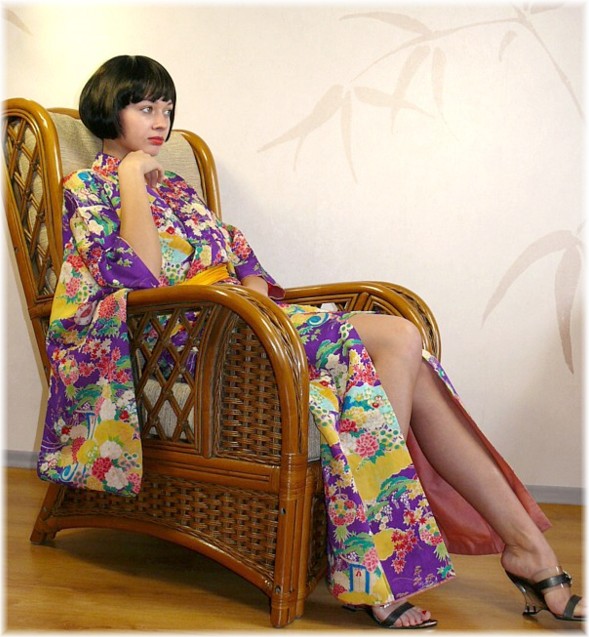
Between 1920 and 1930 the sailor outfit replaced the undivided hakama in school uniforms for girls. The 1932 fire at Shirokiya’s Nihonbashi store is said to have been the catalyst for the decline in Japanese kimono as everyday wear. Kimono-clad Japanese women did not wear panties and several women refused to jump into safety nets because they were ashamed of being seen from below. (It is, however, suggested, that this is an urban myth). The national uniform, Kokumin-fuku, a type of Western clothes, was mandated for males in 1940. Today most people wear Western clothes and wear the breezier and more comfortable yukata for special occasions.
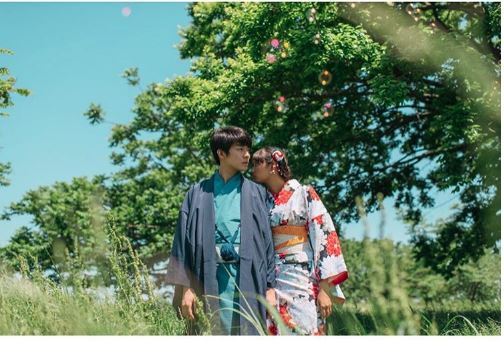
Nowadays Japanese people rarely wear kimono in everyday life. They only wear on special occassions such as weddings, funnerals, tea ceremonies or other special events such as summer festivals.



